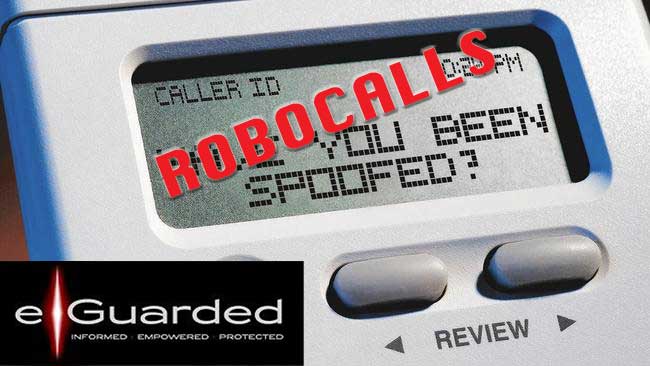What Is A Robocall?
A robocall is a computerized auto dialer that, when picked up, delivers a prerecorded message instead of a live person. In the past, robocalls have been associated with emergency announcements and political campaigns. More recently, these automated calls are an easy way for telemarketer scammers to get through to easy victims. They are an inexpensive way for fraudsters to get a hold of your personal information. This “con” initiated by robocallers like “Rachel” has been going on for years.
What Can You Do About It?
- Immediately hang up
- Don’t press any keys to speak to an operator
- Do not respond in any way, it will probably lead to more robocalls
- Don’t give them your number to add you to their do not call list (they don’t have one)
- Never give out personal information
- Never call back
- Block their phone number (easy step on today’s smartphones)
The Federal Trade Commission (FTC) has tried to shut down the process, but usually, the perpetrators are out of the country using US spoofed phone numbers. And because they are still making money with the process, they just won’t quit.
Caller ID Spoofing
For anyone unfamiliar with Caller ID Spoofing here is a brief summary: “Caller ID spoofing is the practice of causing the telephone network to indicate to the receiver of a call that the originator of the call is a station other than the true originating station. For example, a Caller ID display might displays a phone number different from that of the telephone from which the call was placed. Caller ID spoofing is used to describe situations where the motivation is considered malicious by the speaker or writer.” It’s important to note that
It’s important to note that caller ID displays can’t always be trusted and it’s possible that the originating caller may not be the number being shown on your screen. A quick Google search for “How to spoof caller ID” results in an astounding 241,000 plus results.


